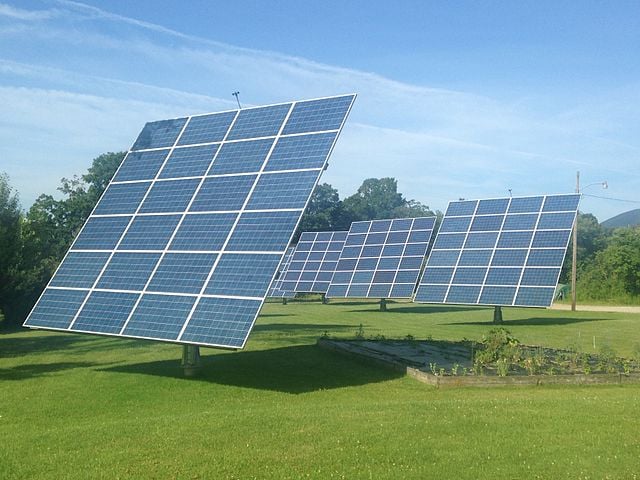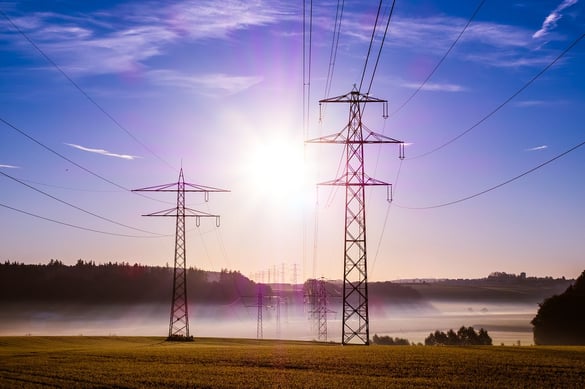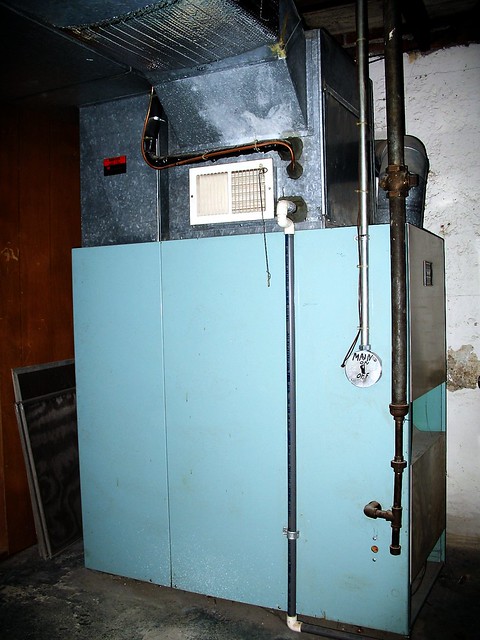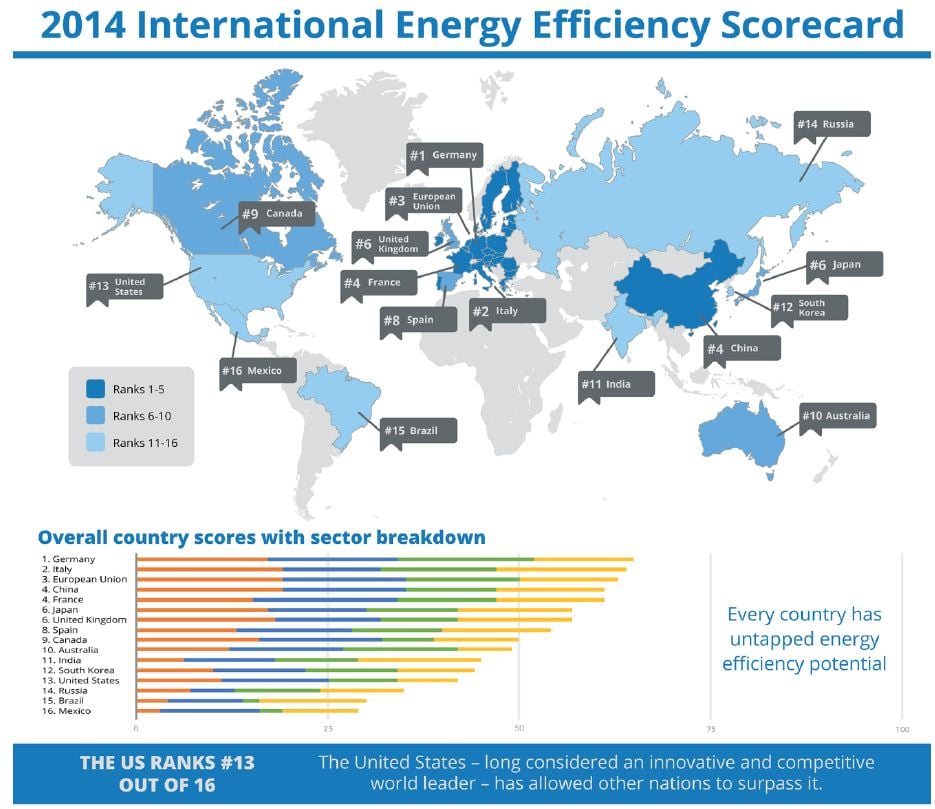Vermont is a small, hilly state in the northeast corner of the US, and is often claimed to be the “second cloudiest” state in the nation (a subjective statistic). Although our state has been adopting solar in leaps and bounds, there is a debate over whether solar is an applicable technology in our state and, nationally, if solar should be subsidized now that the production costs have decreased dramatically. I decided to research the history of subsidies and production costs of various fuels to determine if solar deserves to be an incentivized fuel source for electric generation.
Image via Wikipedia.










